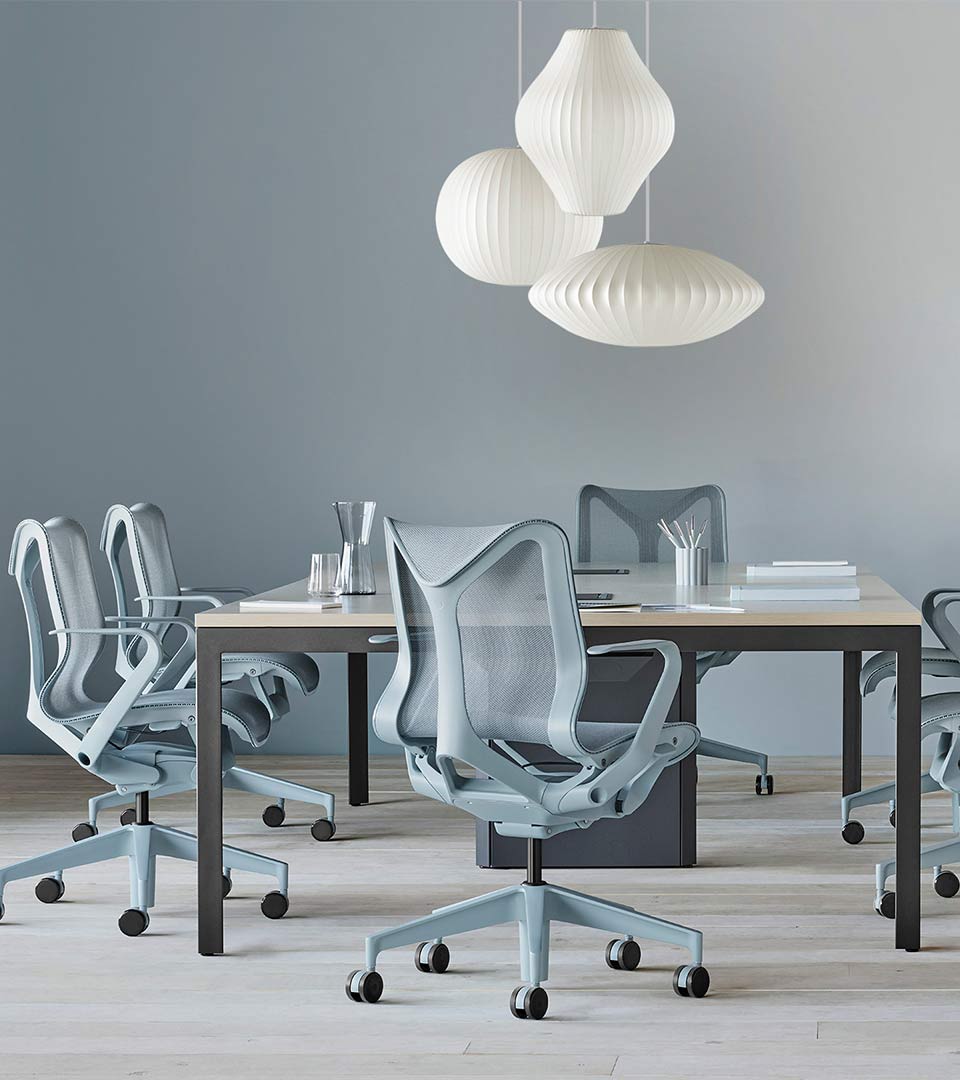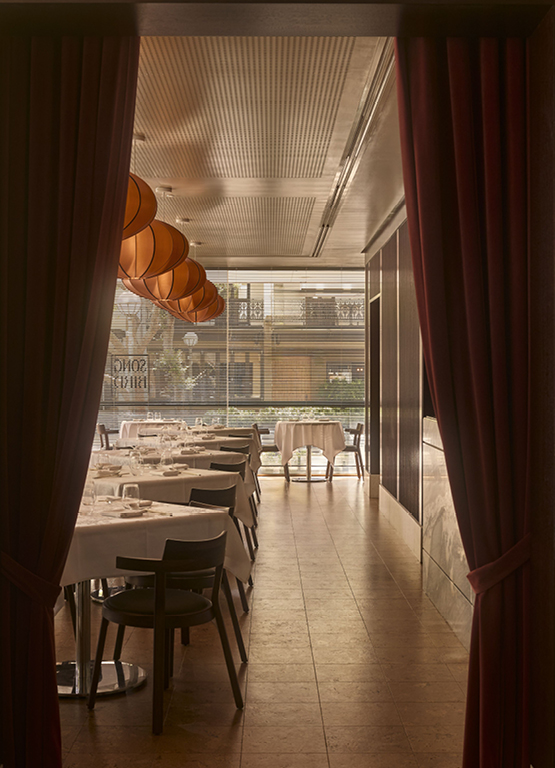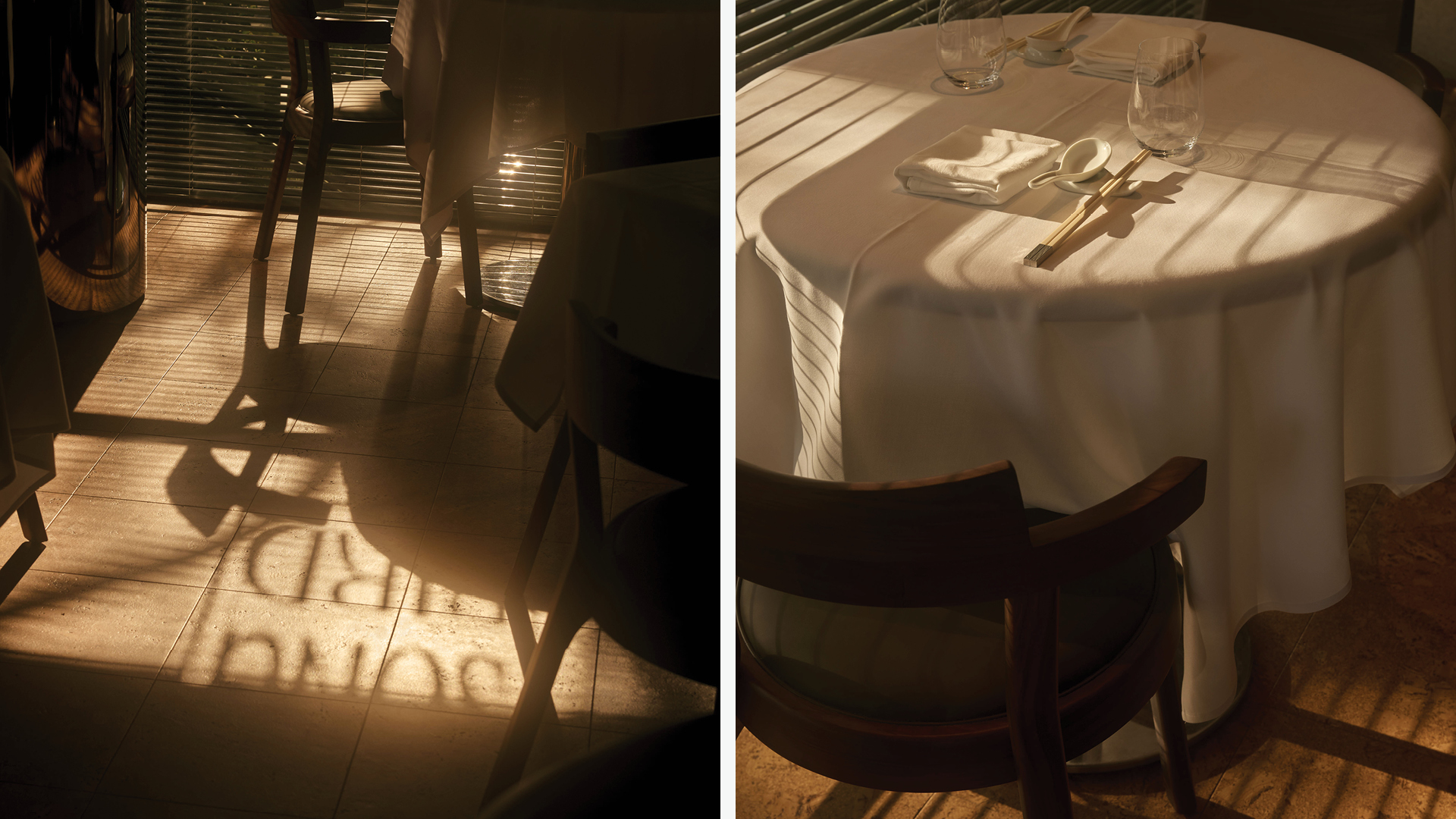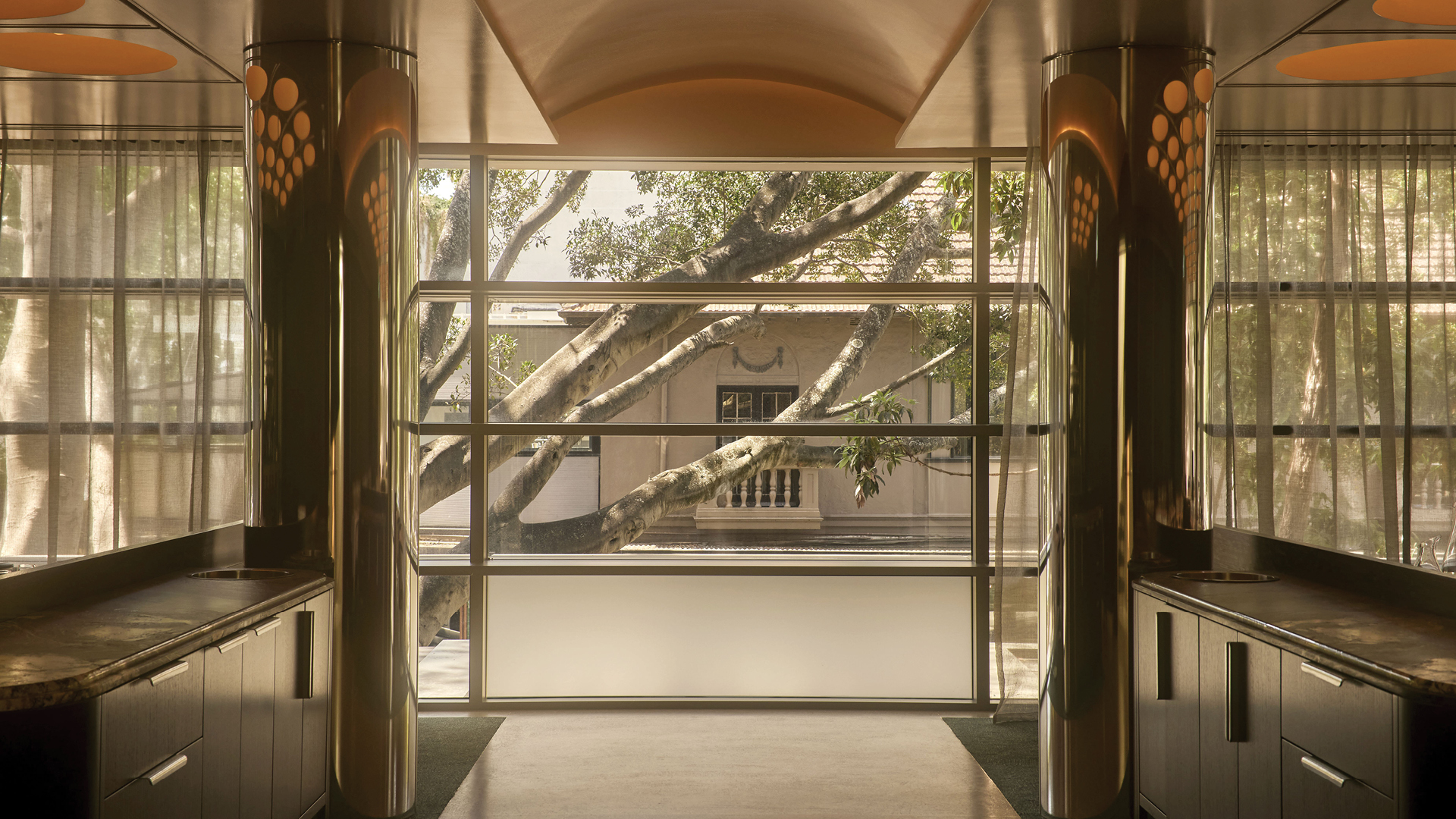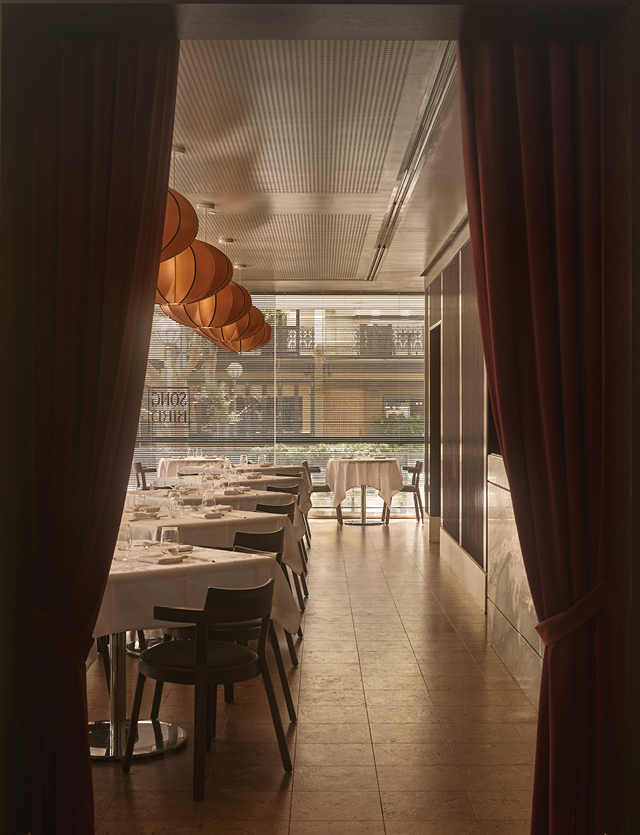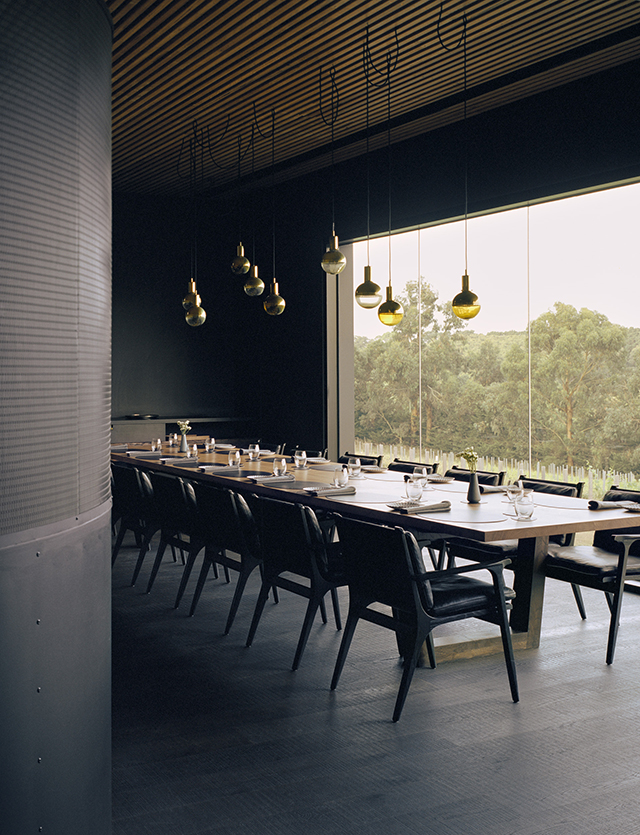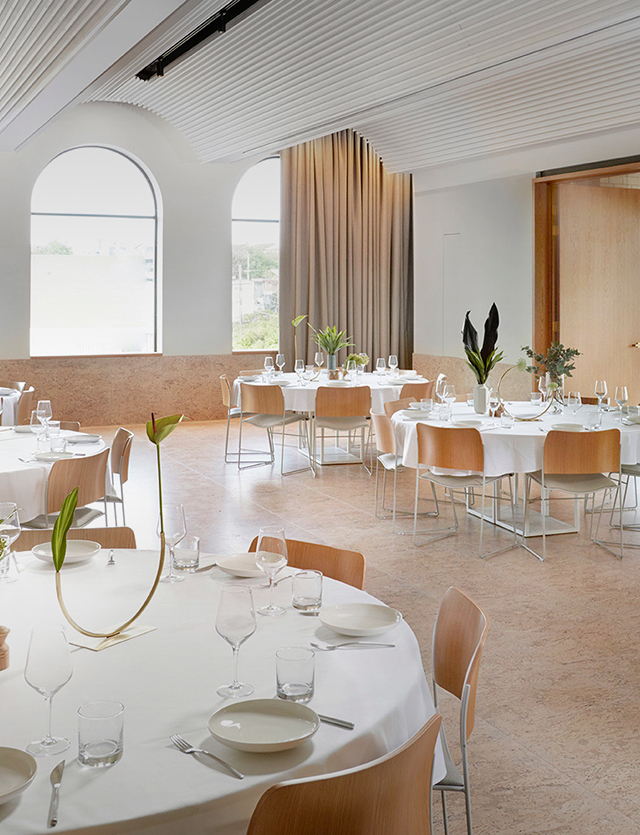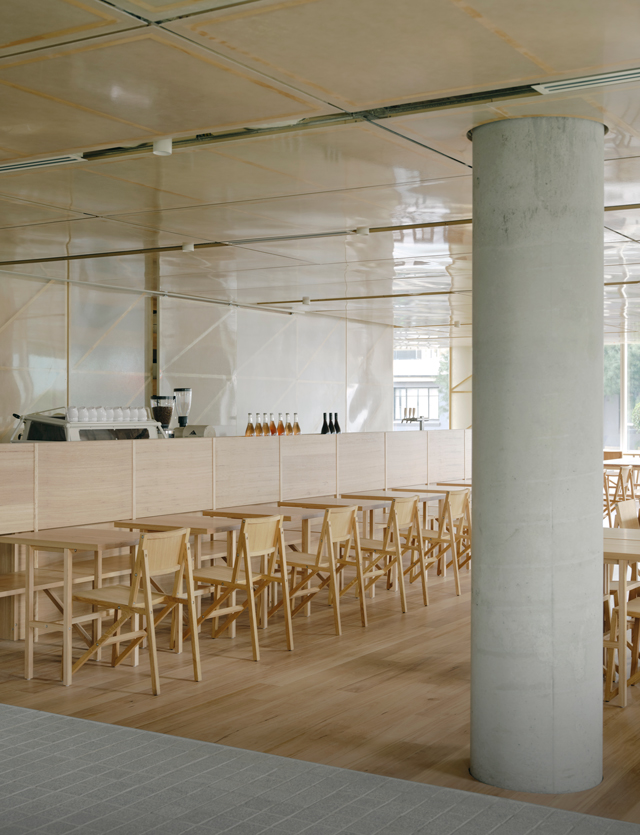With its striking interior and carefully curated furniture elements, Song Bird is a welcome new addition to the Double Bay hospitality landscape. Balancing the vibrancy of the cuisine with the serenity of the surrounding views, the new venue is a testament to the power of thoughtful design.
Song Bird is situated across three levels of Sydney’s iconic Gaden House, located in Double Bay. Built in 1968, Gaden House was designed by Neville Gruzman, a former Mayor of Woollahra and one of Sydney's most influential architects of the 20th Century. Together, David Caon and ACME carefully curated Song Bird’s aesthetic to merge the preservation of Neville Gruzman’s original architectural details with innovative themes that embody the essence of contemporary dining. As a result, Song Bird offers an upscale culinary experience that blends the delicate flavours of Cantonese cuisine with chef Neil Perry’s signature modern Australian influence.
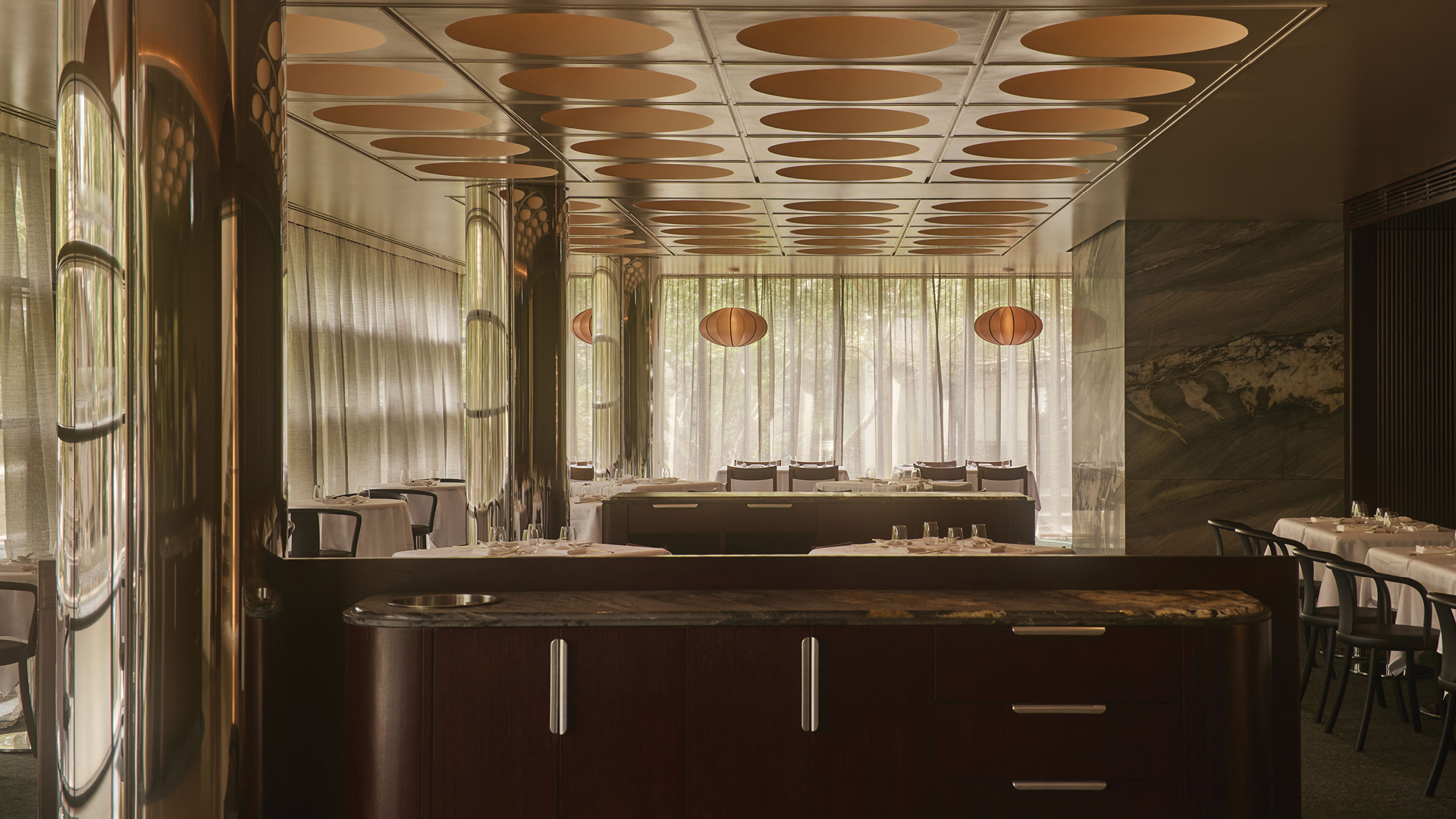
Founded by David Caon, Caon Design Office is a Sydney-based studio renowned for its refined approach to industrial and interior design. With a background in aviation, luxury, and hospitality projects, Caon brings a meticulous eye for detail and functionality to every space he designs. His collaboration on Song Bird reflects his commitment to thoughtful materiality and timeless design, with the Stellar Works Pagoda chair playing a pivotal role in shaping the restaurant’s aesthetic and guest experience.
On arrival to the recently opened restaurant, guests enter the venue through the main Cooper Street entrance, greeted by the striking original spiral staircase—a key feature that serves as the spine of the venue’s design. Before reaching the staircase, visitors are offered a unique view into the Song Bird kitchen, revealed through an opening that showcases the culinary heart of the venue.
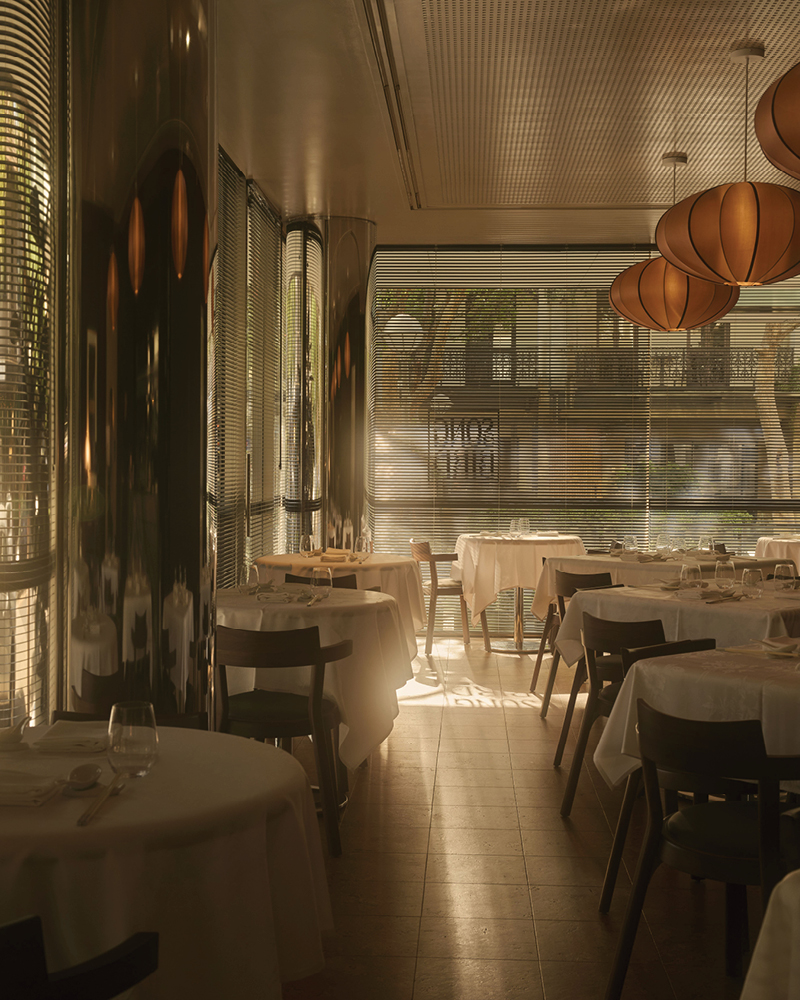
Pagoda Chair by Stellar Works
Central to Song Bird’s design is the integration of thoughtful furniture elements. One most notable is the Pagoda chair designed by BassamFellows for Stellarworks, which has been used throughout the space. As David Caon recalls, “I first became aware of the Pagoda chair when Craig and Scott from BassamFellows visited our studio for an informal conversation a few years ago and introduced us to the piece. I was immediately struck by the exceptional quality of its construction and, in particular, its thoughtful design approach tailored for hospitality. The chair is light and comfortable, making it both practical and easily manoeuvrable. Its balanced aesthetic—harmonising character with simplicity—made it clear to me that it was only a matter of time before I found the right project for this piece.”
Shop Pagoda →

